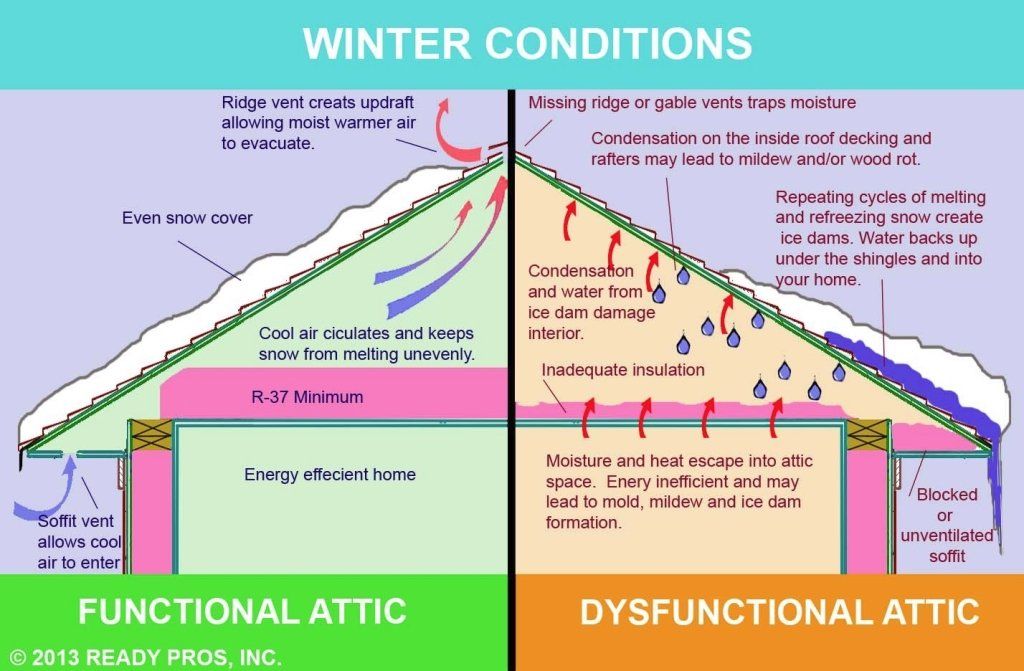g-and-h_electric
Senior Member
- Location
- northern illinois
- Occupation
- supervising electrician
Had new gutters put on the house after storm damaged the old ones. I have since found an almost full coil of "raychem wintergard", which is the ideal product for what I want to do.... keep the gutters deiced (now that they have guards to keep the debris out)
So here is the code question... Raychem has a cord and 27mA GFCI unit to feed this cable, it has a NEMA 5-15 plug...... How do I stay code compliant, obviously a "standard GFCI" isnt going to hold with a 27mA "fault", and a 5-15 standard receptacle doesnt seem right. Due to the layout of the gutters and downspouts, a plug-in cold end is what i would have to use.... Btw the cost of a 27mA GFCI/ELCI for the main panel is astronomical (a bit north of 125.00 when I last checked)
Any ideas?
Howard
(to the mods... If there is a better forum please relocate this)
So here is the code question... Raychem has a cord and 27mA GFCI unit to feed this cable, it has a NEMA 5-15 plug...... How do I stay code compliant, obviously a "standard GFCI" isnt going to hold with a 27mA "fault", and a 5-15 standard receptacle doesnt seem right. Due to the layout of the gutters and downspouts, a plug-in cold end is what i would have to use.... Btw the cost of a 27mA GFCI/ELCI for the main panel is astronomical (a bit north of 125.00 when I last checked)
Any ideas?
Howard
(to the mods... If there is a better forum please relocate this)



